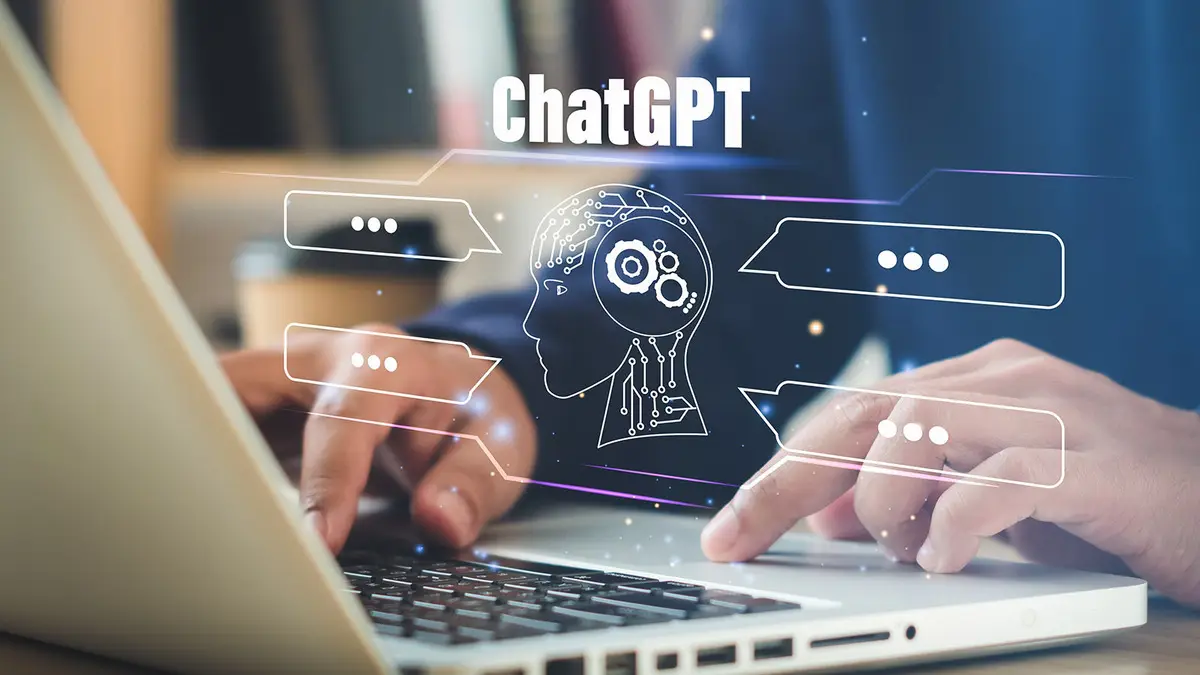From the first telephone call to the creation of the internet, we’ve seen a steady progression towards connecting people across vast distances. Today, we stand on the brink of a new frontier: the metaverse, multiverse, and omniverse. These terms may sound like science fiction, but they represent the exciting future of virtual realities. In this guide, we’ll explore what each of these concepts means and how they are shaping the way we interact with digital worlds. The Metaverse: A Digital Playground The term “metaverse” was popularized by Neal Stephenson’s 1992 science fiction novel “Snow Crash” and has since been used to describe a collective virtual shared space. It’s a space where users can interact with each other and digital environments in real-time. In essence, the metaverse is the next evolution of the internet, where the boundaries between the physical and digital worlds blur. Key Characteristics of the Metaverse: Immersive Environments: The metaverse offers immersive experiences, often through virtual reality (VR) or augmented reality (AR), enabling users to engage with digital spaces as if they were physically present. User-Generated Content: Users can create and shape their environments, objects, and avatars within the metaverse, fostering a sense of ownership and creativity. Social Interaction: The metaverse is inherently social, allowing users to connect, communicate, and collaborate with others, much like in the physical world. Economy and Commerce: Just as in the real world, the metaverse has its own economy, with virtual goods and services that can be bought, sold, and traded. Endless Possibilities: From gaming and entertainment to education and remote work, the metaverse has applications across various sectors. The Multiverse: A Web of Parallel Realities While the metaverse is a singular, interconnected virtual space, the multiverse takes things a step further. It envisions multiple interconnected metaverses, each with its own unique rules and characteristics. Think of the multiverse as a network of different realms, like parallel universes, where users can hop between them. Key Characteristics of the Multiverse: Diverse Environments: Each metaverse within the multiverse can have its own distinct theme, purpose, or set of rules, catering to various interests and preferences. Interconnectedness: Users can transition seamlessly between different metaverses within the multiverse, bringing their digital personas and assets with them. Cross-Platform Integration: The multiverse concept allows for integration with various virtual reality platforms, gaming ecosystems, and digital experiences. New Opportunities: Developers and creators can explore a multitude of creative possibilities by designing unique metaverses within the broader multiverse framework. The Omniverse: Beyond Boundaries The term “omniverse” takes the idea of interconnected virtual spaces to its ultimate extreme. It envisions a unified digital reality that encompasses not only the metaverse and multiverse but also extends into the physical world. In essence, it represents a total fusion of reality and the digital realm. Key Characteristics of the Omniverse: Total Integration: The omniverse seeks to seamlessly blend the physical and digital worlds, creating a unified, all-encompassing experience. Ubiquitous Connectivity: Everything from everyday objects to our own bodies can be connected to the omniverse, enhancing our interactions with both the real and virtual worlds. Infinite Exploration: Users can explore not only virtual realms but also interact with physical objects and environments in entirely new ways. Transformative Potential: The omniverse has the potential to revolutionize industries like healthcare, education, entertainment, and commerce by redefining how we interact with and perceive the world. The Road Ahead The concepts of the metaverse, multiverse, and omniverse may still be in their infancy, but they represent the next frontier of human interaction and innovation. As technology continues to advance, the boundaries between the physical and digital worlds will continue to blur, opening up new possibilities and challenges. While the metaverse offers a glimpse into our digital future, the multiverse and omniverse expand upon this vision, introducing complexity, diversity, and integration on an unprecedented scale. As we navigate this exciting terrain, it’s crucial to consider the ethical, privacy, and security implications that come with a world so deeply intertwined with technology. The metaverse, multiverse, and omniverse are not just buzzwords but concepts that are shaping the way we experience and interact with virtual realities. As we move forward, it’s essential to remain curious, adaptive, and responsible in our exploration of these digital frontiers, ensuring that they enrich our lives and society as a whole. The journey into these virtual realms has only just begun, and the possibilities are boundless.




